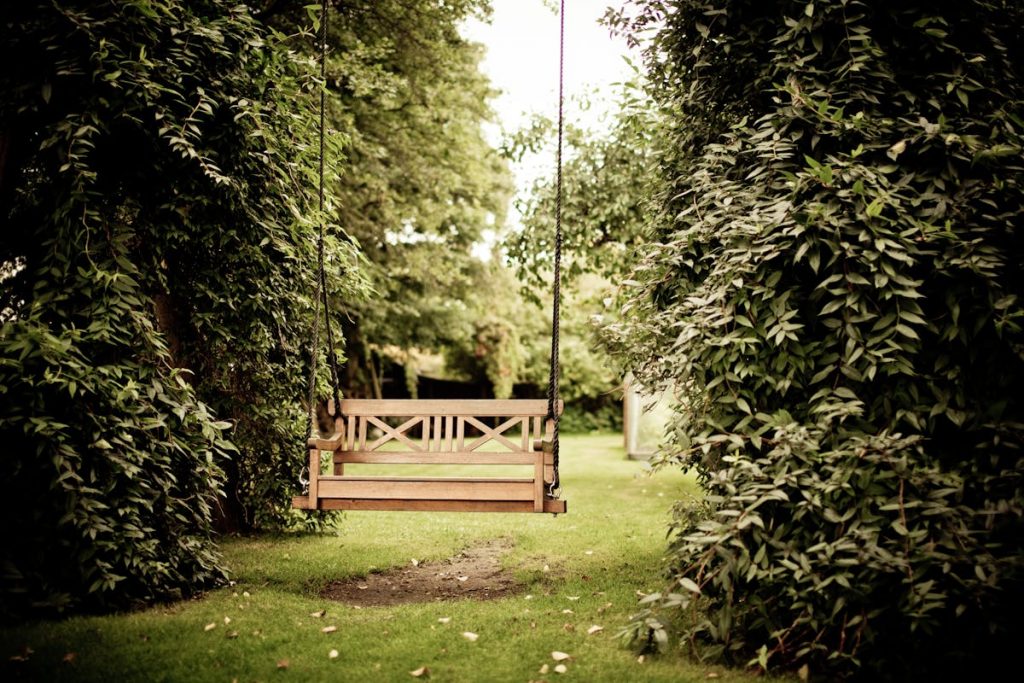
- Select shade-tolerant plants like ferns, hostas, begonias, and astilbes for areas with limited sunlight.
- Rearrange your garden layout to maximize light exposure, considering the sun’s path and plant height.
- Deploy reflective surfaces to direct more sunlight towards your plants, enhancing growth in shaded areas.
- Engage in regular pruning and trimming to prevent dense foliage from blocking sunlight to underlying plants.
- Incorporate artificial lighting, such as fluorescent or LED grow lights, for spots where natural light is scant.
Sunlight is to plants what creativity is to human beings — the essential life force that sets the stage for growth and vitality. For gardeners, the amount and quality of sunlight in their growing spaces can either be a boon or a limitation to their horticultural dreams. Fear not if you struggle with patches in your garden that don’t receive enough of nature’s golden rays. You can take strategic measures to bring more light into these shadowy corners. This in-depth guide will explore five practical methods that can help you optimize your garden’s sunlight and foster a more bountiful environment for your beloved flora.
1. Choose the Right Plants
One of the most straightforward ways to address a lack of sunlight is by selecting plant species better suited to low-light conditions. While sunlight-loving varieties, such as roses and tomatoes, might be standard for sun-drenched spots, an extensive catalog of shade-tolerant plants is no less striking. Start by familiarizing yourself with low-light champions. Here are some ideas:
Ferns
Ferns make an excellent option if you’re hoping to green up a dim area. With fascinating fronds and hardiness in droves, these plants can be ideal for sprucing up darker corners of your garden.
Hostas
Hostas come in various sizes and colors, making them versatile additions to any garden. These perennials thrive in partial shade, with some varieties even able to handle full shade.
Begonias
Begonias are another popular choice for shady spots. These flowering plants come in various colors and sizes, from small blooms that fit perfectly in containers to larger varieties that make for stunning ground cover.
Astilbes
Astilbes are a beautiful addition to any shady garden spot. Known for their feathery, plume-like flowers, they prefer moist, well-drained soil and can thrive in partial and full shade. Their vibrant blooms add color to the garden, even in the dimmest areas.
2. Optimize Garden Layout

The layout of your garden can greatly affect the amount of light each plant receives. Consider the path of the sun throughout the day and across the seasons. South-facing gardens receive the most sunlight, while north-facing ones may be considerably darker.
Positioning taller plants or structures to the north or west of your garden can act as a shade shield for light-sensitive plants. Furthermore, be sure to manage the presence of unnecessary shadows. Trees and structures can inadvertently cast cover over your garden, so thoughtfully arranging these elements can help achieve a better balance of light. If possible, avoid planting in the shadow of buildings or tall trees.
3. Utilize Reflective Surfaces
A bit of architectural jiu-jitsu can go a long way in your fight against shadows. Reflective surfaces like mirrors, white walls, or even strategically placed decorative elements can bounce sunlight into the nooks and crannies of your garden.
The concept is simple: any surface reflecting light will help it reach the plants below. Be mindful of the angle of your reflectors, as you don’t want to start any unintentional leaf burn. This technique not only brightens your garden but can also enhance how it looks and feels by creating the illusion of more space.
4. Pruning and Trimming
Sometimes, the culprits behind a dim garden are the very plants and trees within it. Overgrown shrubs or trees can create dense canopies that block sunlight from reaching the soil and plants below. Regular pruning and thinning out of foliage can dramatically improve light distribution.
It’s a good practice to tailor your pruning routine to each plant’s natural growing habits and wants, ensuring that the plant’s shape, natural light requirements, and garden aesthetic are in harmony. Don’t be shy with the clippers — typically, plants will thank you for the extra breathing space and light. However, you might need professional tree removal services to thin out canopies and promote better light penetration. This can be especially helpful for large, old trees with dense foliage that are difficult to prune effectively.
5. Artificial Lighting Solutions
For particularly challenging spaces, where there’s simply no way to get enough natural sunlight, artificial lighting can be a game-changer. Grow lights come in various types, including fluorescent, LED, and high-intensity discharge (HID), all offering different light spectrums suitable for different plants.
Remember that while grow lights are excellent supplements, they do not replace natural sunlight completely. Use them to fill in the gaps where needed, such as during short days in winter or for the benefits of year-round indoor gardening.
By practicing these five tips, you can ensure your garden gets the light it needs to flourish. Remember that each garden is unique, and these tips are starting points for tailoring your space to suit your and your plants’ needs. Don’t be afraid to experiment, and most importantly, enjoy the process of creating a vibrant and sunny retreat right in your backyard. With creativity and care, you can turn those shady corners into thriving oases. Happy gardening!
